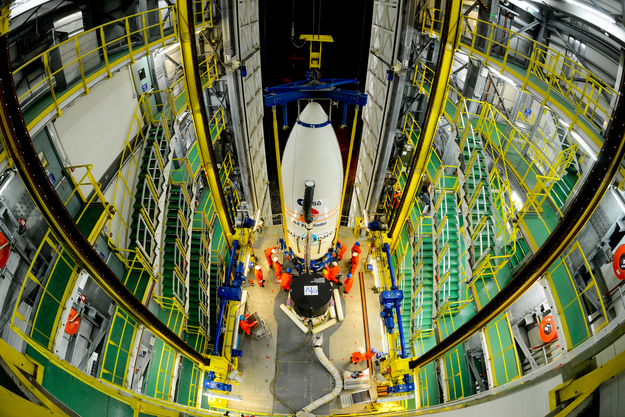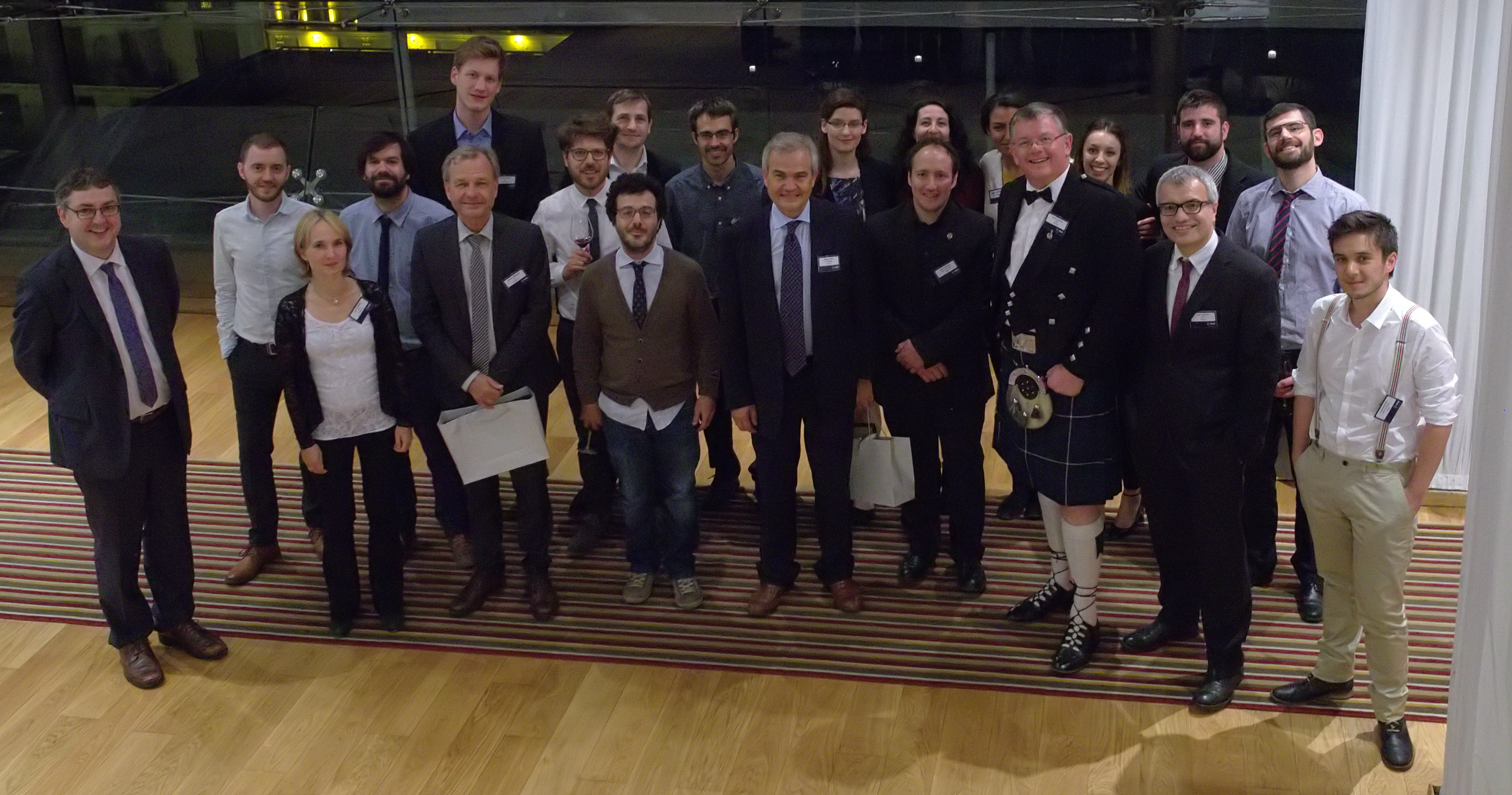In 2003, I begun my studies at the School of Applied Mathematics and Physical Sciences of the National Technical University of Athens. There I discovered my interest in observational physics and data analysis, as I was involved in the construction and preliminary data analysis of particle detector arrays. In 2010, I was accepted into the postgraduate programme of the same institution, but I had to quit after being accepted with a scholarship at the postgraduate programme for doctoral studies of the Universitat Autonòma and the Institut d’Estudis Espacials de Catalunya (IEEC) in Barcelona, Spain. At IEEC I focused on Gravitational Waves physics, and in particular on Gravitational Wave detectors in space. I have been an active member of the LISA Pathfinder mission (LPF) collaboration of the European Space Agency (ESA), being one of the core developers for the mission’s data analysis tools. The next destination was Hannover, Germany, for my first postdoc at the Max Planck Institut für Gravitationsphysik (Leibniz Universität, AEI).
The LISA Pathfinder mission operations commenced in 2016, where I actively contributed by undertaking shifts at the European Space Operations Center (ESOC, Darmstadt) as a Data Analyst or Scientist on Duty. The tools and experiments which I had contributed to the development or design, were used in order to produce the main scientific products of the mission. In the meantime, in 2013 the Gravitational Universe Theme was selected by ESA, and after the immense success of the LPF mission, a detailed LISA proposal was published in 2017. In 2018, and funded by CNES, I moved to the Laboratoire Astroparticule et Cosmologie (APC) in Paris focusing on noise modelling of the future LISA, and its implications for detecting a Cosmological Stochastic Gravitational Wave Signal. Among others, we worked on the modelling of signals of astrophysical origin, as well as on population analysis of the various stellar objects.

The LPF satellite getting ready for launch!
In 2020 I relocated to Greece to join the Gravitational Wave Group at AUTh, where, funded by the ESA Prodex, the Hellenic Foundation for Research and Innovation, and Marie Sklodowska-Curie Actions programmes, I focused on gravitational wave data analysis using machine learning techniques combined with stochastic algorithms. In 2022, we organised the 1st LISA in Greece Workshop, which aimed to build a national ecosystem of researchers from Greek Institutes and the local Space Industry willing to contribute to the development of the LISA mission. This workshop yielded a “critical mass” of specialised person power, supported by the Public and Private Sector. This positive outcome was documented in the LISA in Greece White Paper, which was recently published.

The LPF Science Team being awarded the ESA Team Achievement Award!
In 2017, the L3 mission proposal was finally selected by the organization, and the new LISA mission was established as the first space-based Gravitational Wave observatory.Finally, in 2024 LISA was officially adopted by ESA, which marked the beginning of the Phase B’ of the development of the mission. The LISA Red Book, or more formally, the LISA Definition Study Report, which summarizes the amazing expected science of the mission, was released shortly after.
For the past two decades, I have been a member of several consortia, committees, and scientific communities. I am a member of the Hellenic Astronomical Society, and I was also elected to the governing board of the Hellenic Society on Relativity, Gravitation and Cosmology. I have been actively involved in the LISA Consortium, where I have contributed to the creation and guidance of various Working Groups and Committees, and since 2021, I have also been a member of the Virgo collaboration.
In 2023, in recognition of my expertise in the field of Gravitational Wave astronomy, I was invited to participate in the Astronomy and Fundamental Physics Panel of the European Space Sciences Committee (ESSC). In 2024, I was selected by ESA as a member of the LISA Science Team or LST for short, which consists of 13 scientists appointed by ESA and 6 by NASA. The LST is basically monitoring the development and operations of the mission, and give advice to ESA on all aspects that affect its scientific performance.
Since 2021, I have been a teaching assistant for two MSc courses at the Aristotle University of Thessaloniki, focusing on General Relativity and Computational Astrophysics respectively. During the last decade I have also been tutoring a number of postgraduate and undergraduate theses, while my first doctoral student is expected to graduate soon (co-tutored with prof. N. Stergioulas).
My research interests can be divided into two main categories. The first one focuses on Gravitational Wave Astronomy, and the second in more applied fields, such as data analysis, signal processing, and instrumental calibration. Below I present a brief summary of keywords:
Gravitational Wave Astronomy: Study of the properties of the Galaxy through the detection of Gravitational Waves emitted by compact stellar objects such as binary Neutron Stars, White Dwarfs, and Neutron Star - Black Hole binaries, of the order of a few solar masses. Analysis of Compact Binary Populations (White Dwarf & Black Hole Binaries) via Hierarchical Statistical Analyses. Cosmological Gravitational Wave Signals.
Data Analysis & Instrumentation: Signal processing, matched filtering techniques, Stochastic Algorithms based on Markov Chain Monte Carlo methods and Machine Learning techniques. Accelerating computational methods based on Graphical Processing Units. Search and parameter estimation of Stochastic Gravitational Wave Signals in Detector Noise. Calibration of Gravitational Wave detectors, analysis and modeling of different noise sources, construction of noise budget. Setting up calibration experiments and analyzing data. Data Analysis Methods for Multi-messenger Astronomy (Gravitational and Electromagnetic Radiation).
For a list of my publications you can check the relevant page of this website, or simply check google scholar or inspirehep.